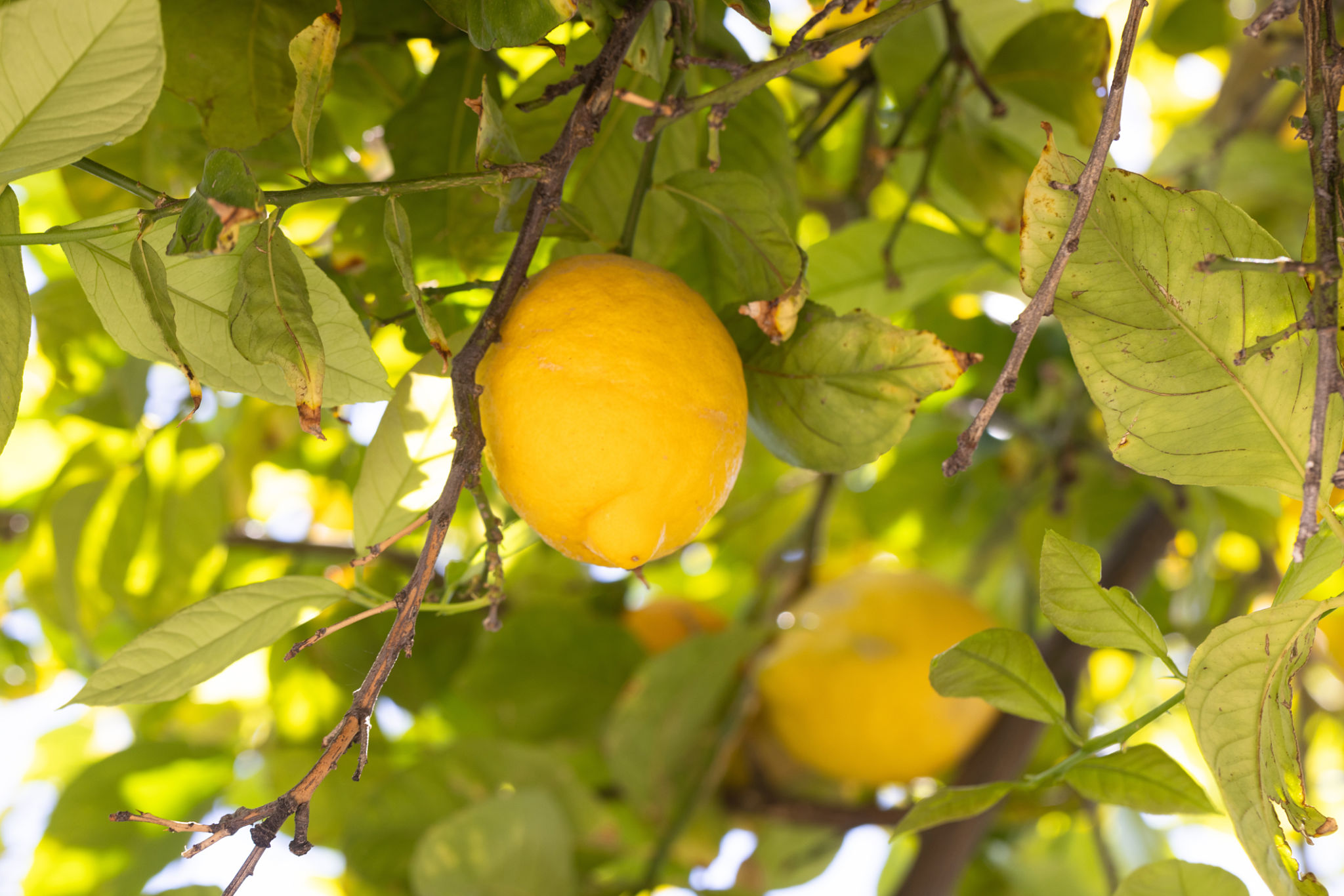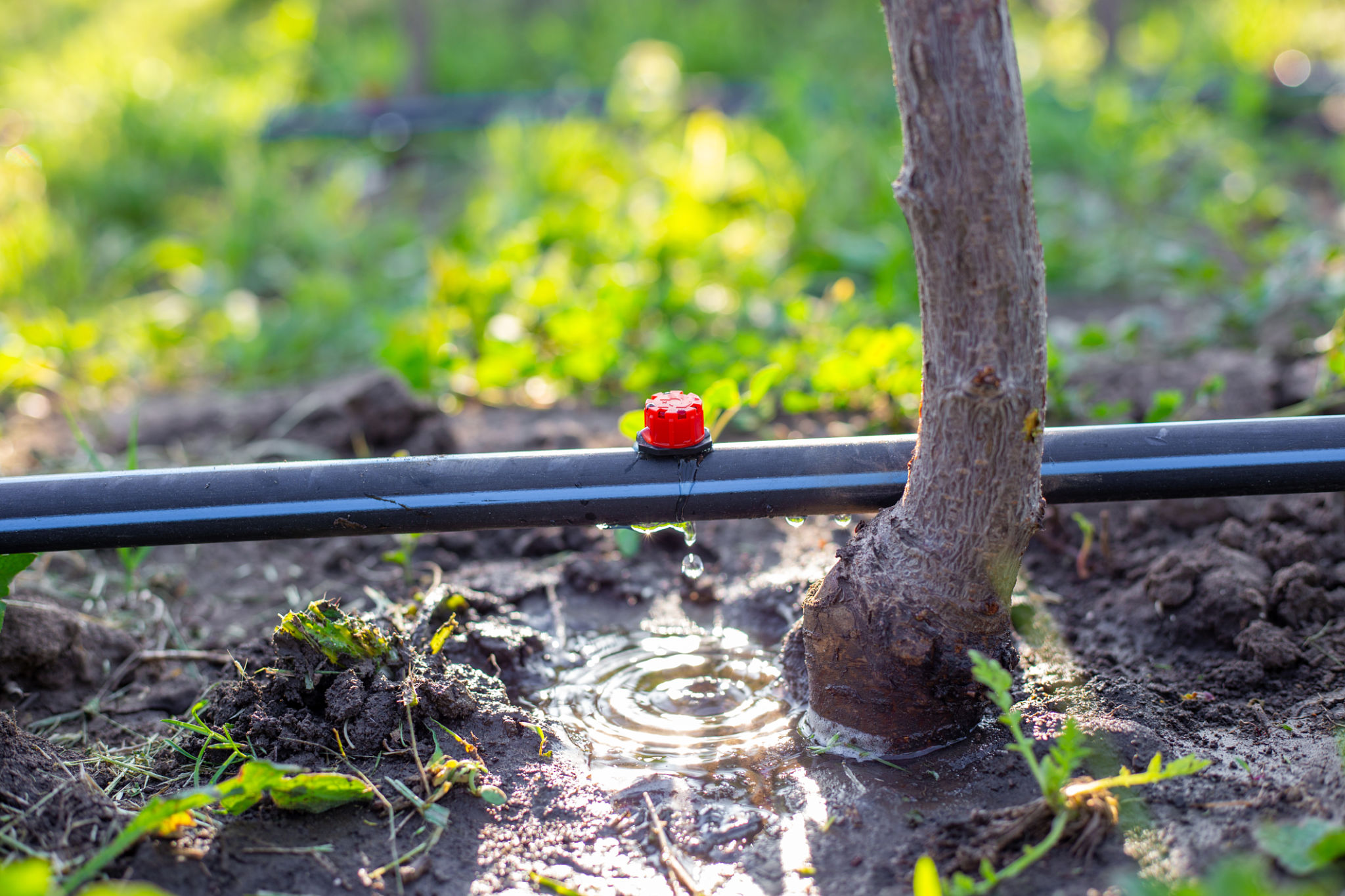How to Prepare Your Orchard for the Harvest Season in Arizona
Understanding the Arizona Climate
Preparing your orchard for the harvest season in Arizona involves understanding the unique climate of the region. Arizona's hot and arid conditions require specific strategies to ensure a fruitful harvest. The state experiences long, sunny days and minimal rainfall, which can be both advantageous and challenging for orchard maintenance.
Because of the intense heat, it's important to protect your trees from sun damage. Using shade cloths during the hottest parts of the day can help prevent sunscald on fruits and foliage. Additionally, ensuring proper irrigation methods will keep your trees healthy and productive.

Soil Preparation and Nutrient Management
Before the harvest season begins, focus on preparing your soil. Conduct a soil test to determine its nutrient content and pH level. This will guide you in adding the necessary amendments to enhance soil fertility. In Arizona, alkaline soils are common, so you may need to apply sulfur or other acidifying agents to balance the pH.
Adding organic matter, such as compost or well-rotted manure, can improve soil structure and water retention. This is crucial in a desert climate where moisture conservation is key. Regular mulching also helps maintain soil moisture and temperature, reducing water evaporation.
Irrigation Techniques
Irrigation is a critical component of orchard management in Arizona. Due to the limited rainfall, installing an efficient irrigation system is essential. Drip irrigation is highly recommended as it delivers water directly to the roots, minimizing evaporation and runoff.
Monitor your irrigation system regularly to ensure it is functioning properly. Adjust the watering schedule based on weather conditions and the specific needs of your fruit trees. During particularly dry spells, increase watering frequency to prevent stress on the plants.

Pest and Disease Control
Pests and diseases can significantly impact your harvest if not managed effectively. In Arizona, common orchard pests include aphids, mites, and fruit flies. Implementing integrated pest management (IPM) strategies can help control these issues without relying solely on chemical pesticides.
Regularly inspect your trees for signs of pest damage or disease symptoms. Use natural predators, such as ladybugs or lacewings, to control pest populations. Additionally, maintaining tree health through proper nutrition and watering practices can reduce susceptibility to diseases.
Pruning and Tree Maintenance
Pruning is an essential task that prepares your orchard for a successful harvest. By removing dead or diseased branches, you promote better air circulation and sunlight penetration within the canopy. This not only improves fruit quality but also reduces disease pressure.
Timing is crucial when it comes to pruning. In Arizona, it's best to perform pruning tasks during the dormant season or early spring before new growth begins. Be sure to use clean, sharp tools to make precise cuts that heal quickly.

Monitoring Fruit Development
As harvest season approaches, closely monitor fruit development to determine optimal picking times. Check for signs of ripeness, such as color change, fruit firmness, and flavor. Harvesting at the right time ensures maximum flavor and quality.
Consider staggering your harvest by picking fruits at different stages of ripeness. This not only extends the availability of fresh produce but also allows you to manage labor more effectively during peak harvest periods.
Marketing Your Bounty
Once your orchard is ready for harvest, consider marketing your produce effectively to maximize profits. Explore local farmers' markets, community-supported agriculture (CSA) programs, or direct sales through farm stands.
Highlight the benefits of locally grown produce, such as freshness and supporting sustainable practices. Engaging with your community through social media and local events can help build a loyal customer base eager for your fresh fruits.